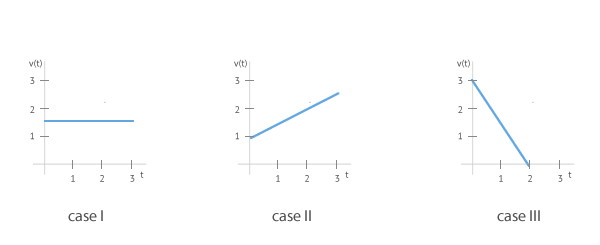While studying the behavior of a body in motion, we usually encounter that it does not maintain a constant velocity. The fact that a body can increase the magnitude of its velocity (also known as speed) while in motion, is what is normally known as acceleration. When the magnitude of its velocity decreases, we talk about braking. In physics, both types of motion are studied as the same magnitude: acceleration.
For example, we say that a car is accelerating when, in a straight line, it goes from 90 km/h to 120 km/h, or when you drop a rubber ball and allow it to fall freely, we can see how its speed increases as time passes (increases because of gravity).
However, in physics, we also call acceleration when a body modifies the direction of its velocity. For example, a train that takes a curve modifies the direction of its velocity.
We say that a body has acceleration when it varies it velocity with time either in:
- magnitude or
- direction
Kinds of acceleration
In physics, we usually talk about different kinds of acceleration, depending on different factors. The following is a classification, as well as the links, so that you can understand what we mean in each case
- According to the interval of time considered
- According to the reference system used


